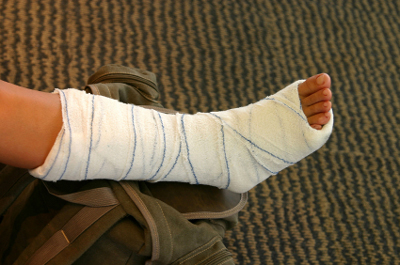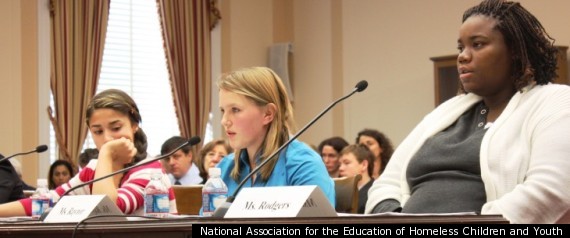I have this facebook friend — one of those people I used to know and do not keep in touch with much — who last week updated his status to ask if he could crash at someone’s place. “Help” he wrote, “I’m about to be literally homeless in New Jersey.”
At first, I was infuriated. How dare he pretend to be undergoing the same plight as the people I know who are experiencing homeless? As a middle class, college-educated guy I went to high school with, he couldn’t possibly be “really” homeless.
Then I did my research. As it turns out, couch surfing is a lot closer to homelessness than I originally realized. The 2012 Annual Report to Congress named “doubling up,” or living with a friend or relative as the most common previous housing situation for people entering homelessness. While most people can offer a guest room or at least a pillow for a night or two, many cannot afford a permanent house guest. Furthermore, living in such close quarters puts stress on even the best of relationships. For these reasons, a couch might be the last stop for someone before becoming homeless.
Does this mean everyone who finds themselves caught between a lease for a few days is entering the homeless system? Certainly not. Still, it is dangerous to believe that we or the people we know are immune from this experience. In the 2013 State of Homelessness in America Report, The National Alliance to End Homelessness stated that economic need has driven people to double up at higher rates in 39 states. From 2010 to 2011, New York State saw an increase of 26 percent in the number of households that doubled up, while Massachusetts rates increased by 25 percent. The ten states that saw a decrease in doubling up were mostly southern states, but also included Alaska and Kansas, both with double digit declines. Generally, those areas with lower property values did not see the staggering increases that the rest of the country experienced. This suggests that even when working, many individuals are unable to pay for rooms or apartments at the average market rate.
 Map: The National Alliance to End Homelessness
Map: The National Alliance to End Homelessness
Because the 2013 State of Homelessness Report uses data from 2011, some newer studies suggest this trend has started to correct itself as the economy improves. While moving off the couch is certainly an improvement, this group represents a “hidden homeless” population, because they are more difficult to count in homeless censuses or Point-In-Time counts for the Department of Housing and Urban Development.
As the economy improves — or as tensions run high with housemates, this population will begin to look for affordable housing. It is dangerous to assume that the current demand for housing is an accurate representation of the need for such homes. In 2009, the need for affordable housing outnumbered the amount of safe units by 5.5 million. Four years later, the situation has not improved. There are many people who have been waiting in the wings — friends’ spare rooms, basements, and living rooms — for a place of their own.
Affordable housing has never been prevalent enough or affordable enough for everyone, but it is more crucial now than ever. There is a large group of people that used to live independently, and likely have some income, who are ready and willing to become tenants and homeowners. They just need properties at the right price to let them do so.
My facebook friend found a place for the night and has since moved into a new apartment. Others, though, are still waiting for a place they can truly call home.







